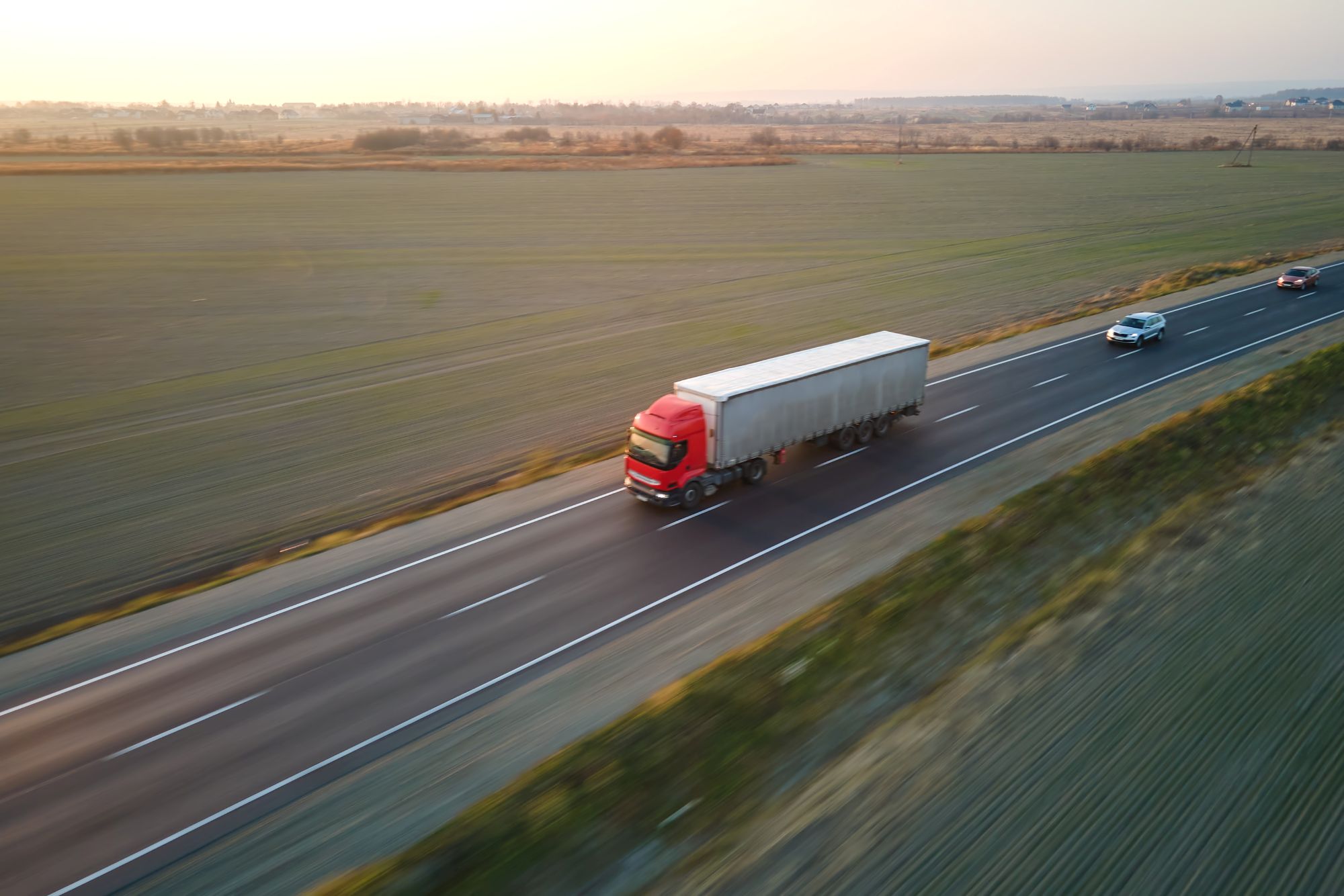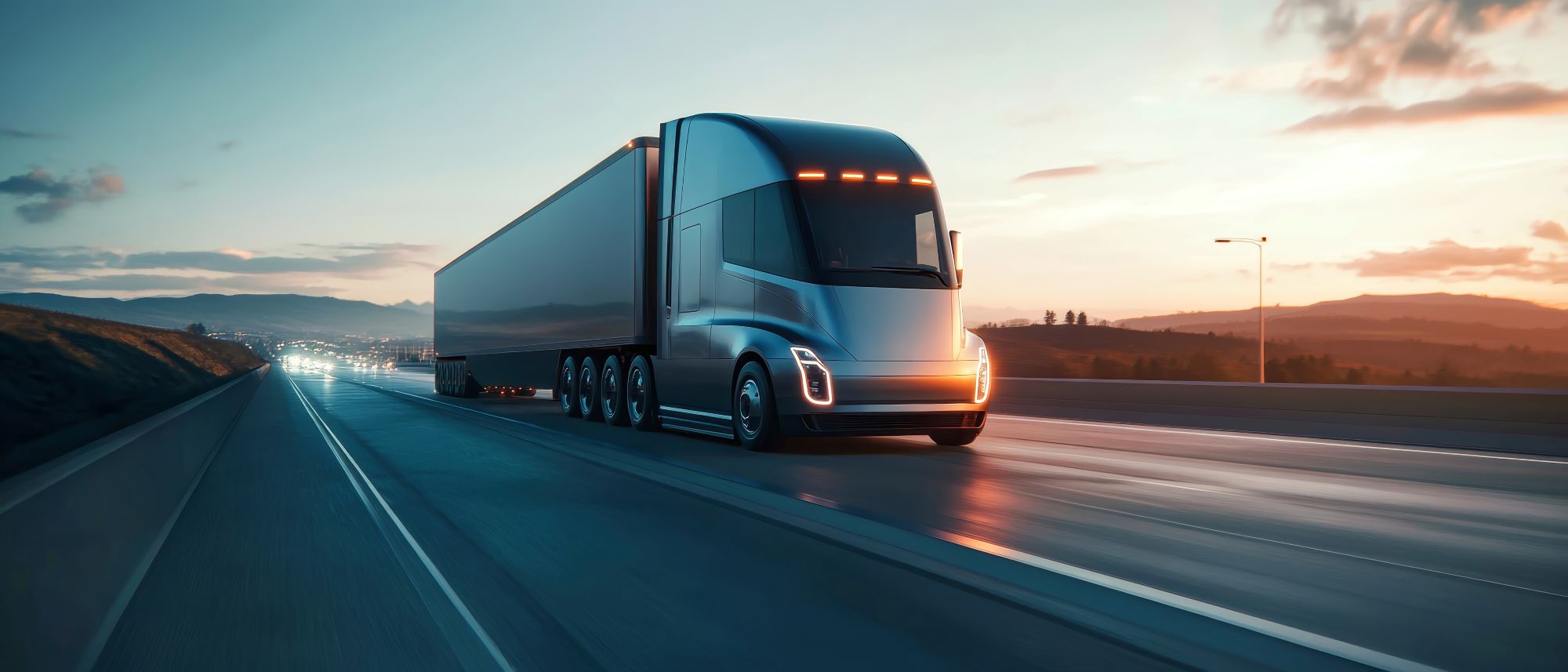
Miranda Blake
Conductores descontentos con las paradas de camiones: ¿Cuál es el problema?
Creado: 11/11/2024
•
Actualizado: 09/12/2025
Una encuesta reciente del organismo de control independiente Transport Focus ha revelado que casi la mitad de los camioneros no están satisfechos con la cantidad y la calidad de las paradas de camiones en Inglaterra. Además, consideran que esta última se ha deteriorado en el último año.
Aquí en SNAP, tenemos una red de aparcamientos para camiones que ofrecen servicios superiores (de hecho, pronto lanzaremos nuestros propios premios para celebrar las mejores paradas de camiones). Así que, si hay muchas y muy buenas, cabe preguntarse por qué los conductores están tan descontentos.
Una inmersión más profunda en el problema
En primer lugar, veamos con qué no están contentos. Los conductores dicen que no se sienten bienvenidos y seguros en cada parada. Además, no pueden descansar adecuadamente ni disfrutar de una buena comida. Algunos de los comentarios incluyen que no siempre hay comida sana disponible o duchas y aseos limpios. Una conductora también comentó que no hay ducha en el baño de mujeres, lo que significa que no tiene más remedio que ir al de hombres para lavarse.
Sin embargo, es importante señalar que las estadísticas proceden de quienes optaron por hacer sus descansos en estas áreas de descanso, por lo que es probable que exista cierto grado de cumplimiento. Además, la encuesta sólo preguntaba a los conductores sobre su experiencia en un tercio del total de paradas de camiones, servicios de autopista y los situados en carreteras A de Inglaterra. Además, hubo muchos aparcamientos de camiones que obtuvieron puntuaciones satisfactorias de al menos el 95%, con una satisfacción general del 86%.
Así que quizá el problema no sea tan grave como parece. Sin embargo, el sector no puede ignorarlo, sobre todo teniendo en cuenta lo que hemos descubierto.
Lo que descubrió la investigación de SNAP
El 70% de los conductores prefieren los aparcamientos disuasorios a las estaciones de servicio o las paradas de camiones. Por ejemplo, ya les habían cortado las cortinas. No obstante, cabe señalar que en 2023, la policía de Cambridgeshire informó de que el 46% de los robos de carga se produjeron en calles o aparcamientos (https://www.rsainsurance.co.uk/news/insurance/tackling-cargo-crime-in-2024/#:~:text=The%20majority%20only%20offer%20a,these%20happened%20in%20lay%2Dbys.), frente al 27% en estaciones de servicio, lo que sugiere que los conductores se están preocupando por el lugar equivocado.
En nuestras páginas de redes sociales, más de la mitad de los camioneros revelaron que pensaban que las áreas de descanso del Reino Unido no eran seguras en comparación con las de Europa. Y en el caso de los espacios que sí cuentan con un mayor nivel de protección, el 70% los ha visto llenos a primera hora de la tarde.
Aunque esto implica que hay una cantidad insuficiente para satisfacer la demanda, muchos de nuestros sitios tienen una seguridad fantástica. Por eso, los que no la tienen deberían plantearse cómo mejorarla.
CCTV en un aparcamiento de camiones
Dar a los aparcamientos de camiones el máximo nivel de seguridad
Ofrecemos una gran variedad de servicios para mejorar la experiencia en general, incluidos nuestros paquetes de seguridad líderes del sector a través de SNAP Access & Security. Desde cámaras ANPR y barreras hasta CCTV, garantizamos la mejor protección para las paradas de camiones y, por tanto, para los conductores y toda la carga de las flotas.
Puede obtener más información sobre SNAP Access & Security, o descubrir nuestros otros servicios (como aparcamiento y lavado) aquí.



